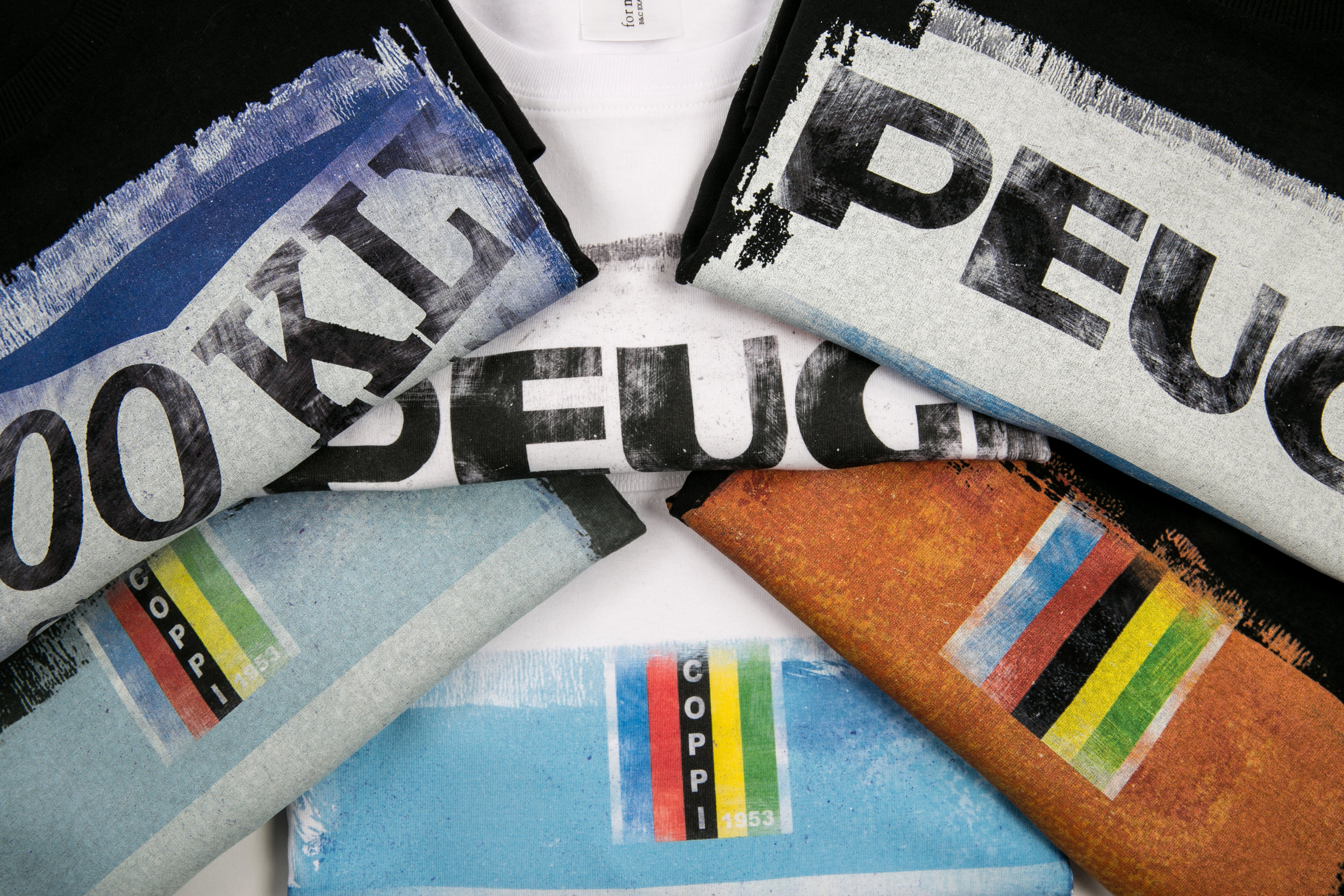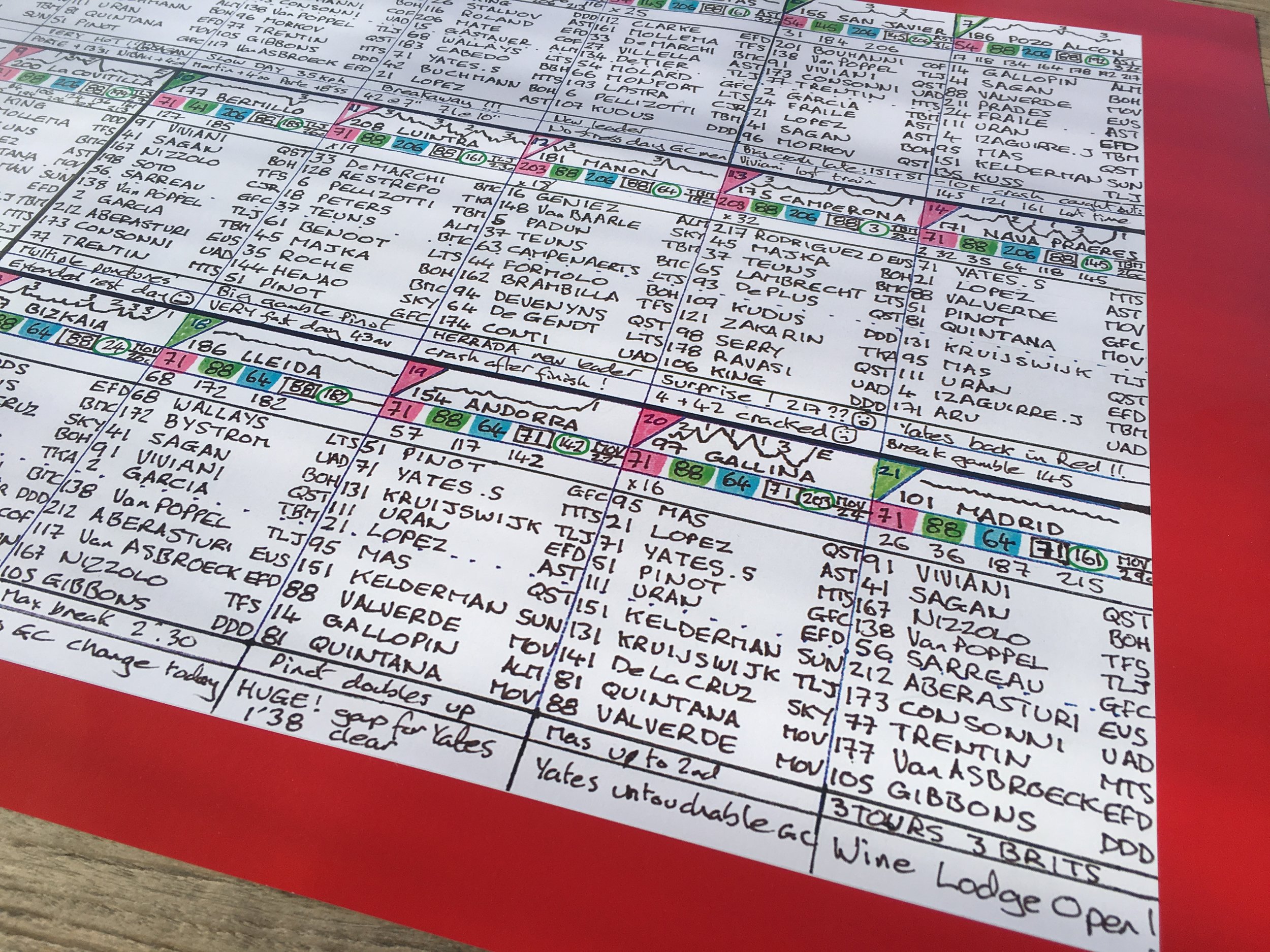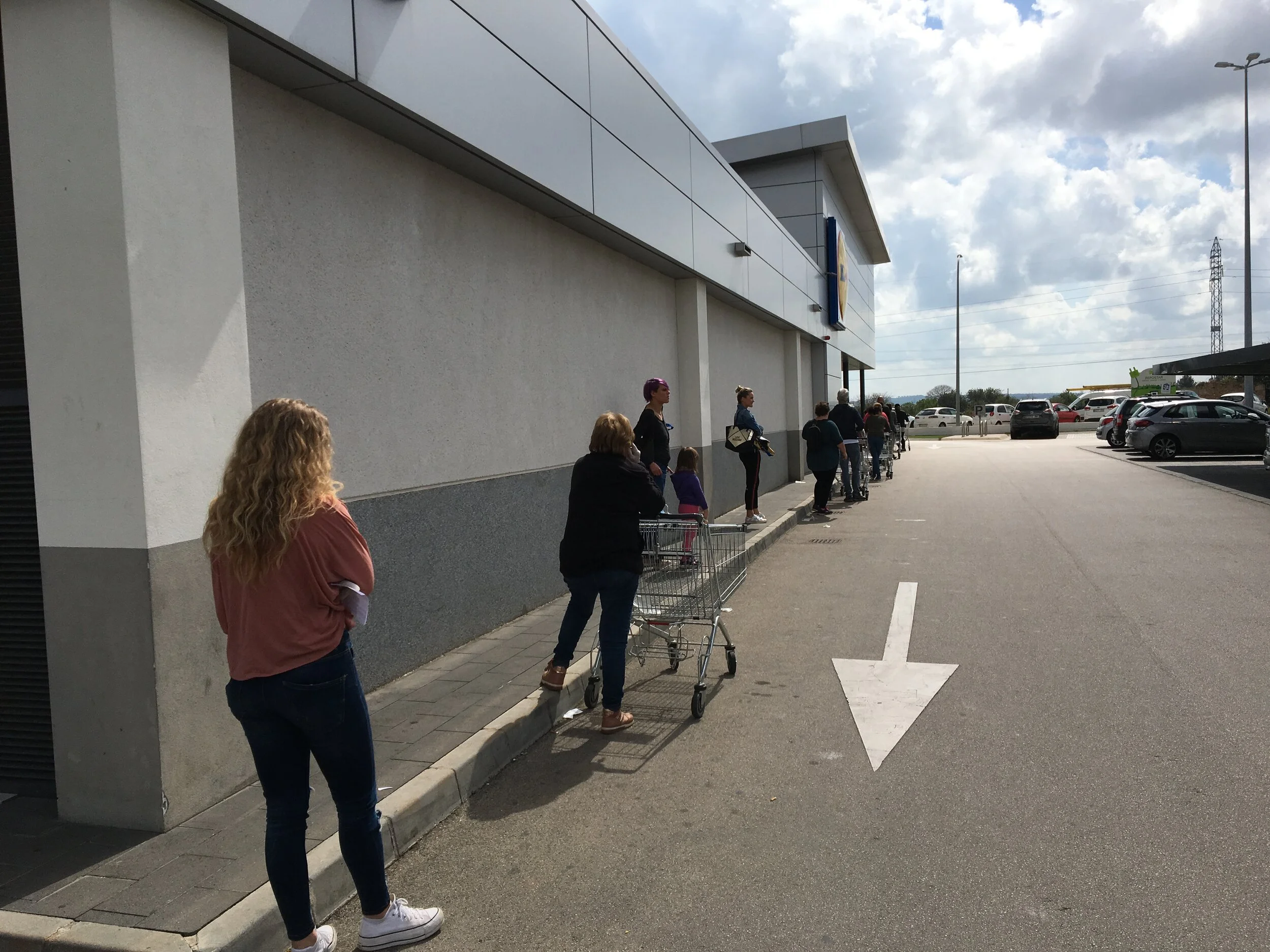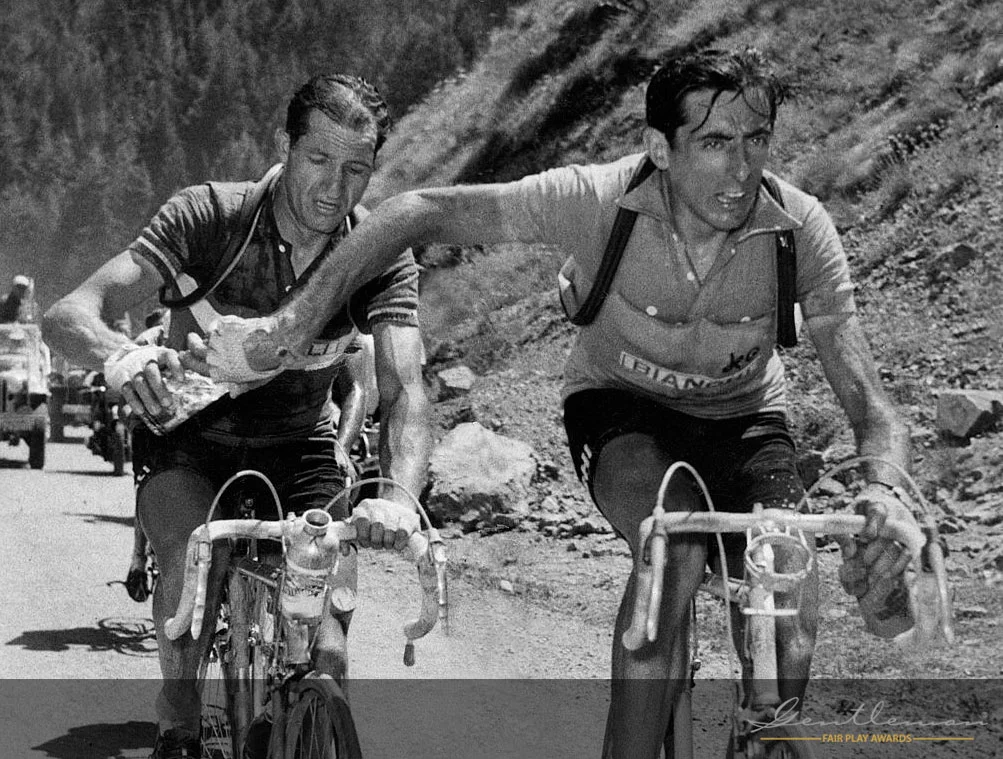Ok, we're not claiming to be experts here or anything - we've not gone head to head with Mark Beaumont round the world or just returned from a 5 year stint alongside Super Cycling Man or anything. No. We just did our first bike packing adventure along the south coast of England, which is pretty tame, I admit. But we did learn a few things along the way, useful tips for genteel explorers cycling a few hundred miles to visit family and camping along the way, sort of thing.
Ride Velo's rookie bikepacker Robbie discovers Butlins Bognor Regis
And actually, all the other bike packers we met en route were plodders rather than pros, taking the quiet route for their summer vacations, eco tourists concerned about their carbon footprints enjoying the leisurely pace that a bicycle affords. They weren't in the business of selling books or writing blogs, they were just cycling for the love of it. So this is what we learnt, and they taught us, on our tour of the south coast.
Preparation:
I over-prepared. I was excited and couldn't help myself choosing and booking campsites on-line. My decision-making process was based on whether or not you could rent a fire-pit rather than on it's proximity to National Cycle Route 2. Big mistake - when you're tired and soaking after a long rainy day in the saddle, the last thing you want is to spend an extra hour trying to get Googlemaps to function in a downpour, searching for a campsite where fire-pits are redundant in a hurricane anyway.
Much better to go with the flow and pick a place to stay that's convenient. Actually almost all campsites will take campers on foot (or bicycle) without pre-booking, even when they're full to cars and caravans. We also saw lots of tempting-looking campsites that hadn't appeared on Google at all. The worst campsite I chose was at the top of a 200m hill, slap bang in the middle of two extremely busy A roads, and when we eventually got there, it was full of angry men and sad loners with vicious-looking Alsatians.
We've come on holiday by mistake...
The only danger with this approach is that if you have a deadline, resist the urge to slack off and call it a day after lunch! Also, bear in mind that wild camping is illegal in England and you're not often going to find a campsite in a town or city.
Kit:
Actually we did pretty well with our kit. We researched a great deal on-line before investing in some really excellent lightweight and creatively packaged camping equipment (there's a list of products we used and recommend at the end of the article). Some of it was quite expensive, but we plan to do a lot more bike packing, so it was an investment.
The Vango ultralight tent was amazing - under 2 kilos and very spacious inside with lots of space for your gear at the front. We even cooked inside it when it was raining. The Thermarest inflatable sleeping mats were incredibly comfortable - you can join them together with an additional double sheet meaning that you can get away with carrying just one sleeping bag to use as a double duvet. They are super warm and insulated too but that does mean they're surprisingly noisy when you roll over in the night!
Super duper camping kit
There were a few other bits and pieces that were cheap and invaluable too - a 10p Sainsburys Bag for Life was actually a life saver as it made a wonderful washing up bowl, garbage can and a leak-proof carrier for eggs which can explode unexpectedly in your luggage.
A simple polyester cloth made an impromptu picnic rug, beach towel and everyday groundsheet for the storage area at the front of our tent. Easy to wash, it dried out in minutes. Clothes pegs were essential for hanging out wet stuff on nearby trees (my chamois panties caused a bit of a stir in Corfe Castle...). A great tip I got from someone's blog was not to buy an inflatable pillow, but to take an empty pillowcase and stuff it with your fleeces and random bits of clothing instead. This worked really well and was surprisingly comfortable.
Making good use of all our kit in the New Forest
Clothing:
We were quite lucky with the weather (for an English summer) and were never really too hot or too cold though we did get absolutely drenched. My personal disaster was taking an old Decathlon 'waterproof' jacket without testing it first. After discovering on the first day that the waterproofing only worked for a 30 minute light shower, I had to carry the bloody useless and heavy thing for the rest of the week. Next time I'll make sure that waterproof means waterproof. Though I caused some amusement at the campsite by walking round wearing a bin bag for the rest of the day.
Test your shorts first for a comfortable ride
My chamois panties under baggy MTB shorts worked brilliantly alongside the squidgy touring saddle I have on my Genesis bike. Robbie similarly decided to opt for some padded boxers by Endura to go under his Rapha touring shorts. The shorts were great, but the boxers were terrible causing him no end of discomfort and saddle sores. Our advice: test before you go and wear some shorts that you know are comfortable, or at least take an alternative. Top tip: baselayers all the way, with sleeves and without, they'll help keep your jerseys fresher smelling too.
Cleated shoes are a must, I'd say. I know many bike packers just wear sandals or trainer type things but when you're used to riding clipless then you miss them and they make a massive difference to your power output especially uphill. A good pair of MTB SPD boots will take you on and off the bike, hiking and exploring too. Sadly, my feet are so big I had to wear men's shoes which were quite uncomfortable. And don't do like Robbie did and spend a day without socks... he's still got the blisters to remind him never to do that again!
Gear:
Navigation was our main challenge everyday and made for slow progress. The National Cycle Network is a wonderful thing but it's sign-posting is sporadic and often downright contradictory. We met a Dutchman who had all the latest GPS technology on a self-charging dynamo system, but he had similar problems and the charger didn't really work. Googlemaps is pretty useless when you're trying to cycle, and Robbie smashed up his phone last year when it flew out of the handlebar holster on a particularly steep decent into Tunbridge Wells.
Map-tastic at the top of Peak Hill, Sidmouth
I did order some paper maps from Sustrans, which folded nicely onto my Altura handbar box and these were the envy of all the foreign tourists we met who wanted to know where they could buy such things (online only!). But these were no good for deviations for a dip in the sea at Durdle Door, for instance, as you couldn't tell that there was a 180m mountain separating you from your heart's desire.
We were lucky to run into the Dorchester Cycling Club at the top of a very steep hill near Lulworth Castle who gave us lots of great tips about routes and tea rooms around Weymouth. They used a good old-fashioned Ordnance Survey map, with it's clearly marked gradients, and this was invaluable in hilly Dorset and Devon. If they made an OS map app with GPS that would be the perfect thing. Any ideas anyone?
The trouble with electronic devices is that they need charging and not all campsites offer power to bike packers (you certainly don't want to carry one of those weighty electronic hook-ups around with you). We used a couple of power-packs that we bought on easyJet called e-fuel which can hold up to 5 charges and contain all the leads and extensions you'd need. We couldn't have got by without them.
We invested in two pairs of rear panniers by brand-leader Ortlieb. These bags are the business - totally waterproof, and their German engineering renders them almost indestructible (although Robbie tore one riding into a gate...). I bought the new 70 litre set thinking that this way, we could get all our kit in and not need front panniers. I was right, but having all that weight at the back did make for a rather unbalanced ride. Next time, we'll use front panniers too to balance out the bikes better.
Bikes:
Robbie was very lucky as The Light Blue lent him a Darwin D Tour to review (more to follow). This is a specifically-designed touring bike with all mod-cons and fat tyres etc. and it served him well. I, on the other hand, wanted to prove that I could ride 300 miles on my 10 year-old city bike from Genesis. Last year on a cycle maintenance course we'd replaced the headset, bottom bracket and chain, and around the same time I'd had my wheels nicked, so it was now sporting new Shimano wheels, cassette and a saddle. So I figured that there wasn't much original stuff on the bike except the frame so I may as well give it a go to prove that you don't need a fancy new bike to tour on.
No broken spokes after all!
The only changes I made were swapping the slick road tyres for 29mm couriers and getting MTB SPD pedals for cleats with a flat side for riding round the campsites in flip flops. I'm happy to say that bike and I survived the trip with only a couple of punctures to report, but our Dutch friend was very concerned about my lack of spokes, and I was extremely jealous of The Light Blue's disc brakes on the 20% super steep descents. Next summer, I'll be looking for a proper bike to take me around Europe!
Here's the kit list I promised at the start, and please comment below with any recommendations etc of your own:
- Tent: Vango Xenon F10 2+
- Sleeping mats: Thermarest NeoAir
- Double sheet/mattress coupler: Thermarest Synergy Coupler
- Camping Stove: Primus OmniFuel II
- Mini kitchen: GSI Pinnacle Backpacker Cookset
- Coffee maker: Bodum Travel Mug
- Charger: Bitmore efuel
- Panniers: Ortlieb
- Towels: suede microfibre travel towel
(None of the above kit was free and we get no commission for recommending it)
As well as the above this is a good kit list (per person):
- sleeping bag
- 3 pairs of padded pants/boxer shorts
- 2 pairs of cycling shorts
- 2 cycling jerseys
- 1 pair of arm warmers
- 3 pairs of socks
- 1 fold-up rainjacket
- 1 pair of cycling gloves
- 1 pair of cycling shoes (Specialized mountain bike shoes that you can walk in were brilliant)
- 1 pair of cycling glasses
- 2 base layers
- 1 pair of jeans for campsite/evening/pub
- 3 T shirts
- 1 fleece or down jacket
- flip flops for campsite
- wash bag
- penknife
- some plastic carrier bags for wet clothes
- 3 spare inner tubes
- bike multi tool and pump
- cargo net or bungee cord to strap stuff onto bike
- wallet and phone
- clothes pegs
- 2 water bottles



































































